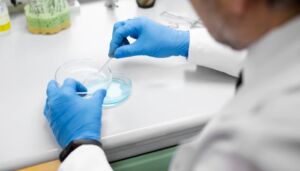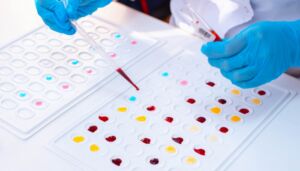Non-coding genes refer to the sections of our DNA that does not code for proteins. Only 1% of our DNA actually code for proteins, the rest are non-coding DNA. In the olden days, scientists referred to the non-coding DNA as ‘junk DNA’, however, now they have found that non- coding genes do play a major role in the activity of other active coding genes.
The functions of the non-coding DNA are as follows:
- Serve as a regulatory element of the genes: Some non-coding DNA influence the activity of the protein coding genes. They can:
- Act as binding site for proteins that initiate the process of copying of genetic material (transcription).
- Act as a binding site for proteins that enhance the process of transcription
- Act as binding sites for proteins that inhibit transcription.
- Protect coding DNA from damage: Non-coding DNA called telomeres prevent the coding DNA from getting damaged during transcription.
- Code for RNA: Some non-coding DNA provide instructions for making different types of RNA. These RNAs are important for many cellular processes.
- Maintain structure of the chromosome: Certain non-coding DNA such as satellite DNA forms the main structural component of the centromere, which is the constricted part of the chromosome. Satellite DNA also forms heterochromatin, a tightly packed inactive DNA material which controls the activity of coding genes and maintains the structure of the chromosome. The chromosomal material present in the heterochromatin stains more darkly than the rest of the gene. Thus, heterochromatin plays an important role in DNA profiling.
Scientists do have some clarity about a few non – coding genes, but many non- coding genes still need to be studied better. Non-coding gene is a very active subject in the field of genetic research.




